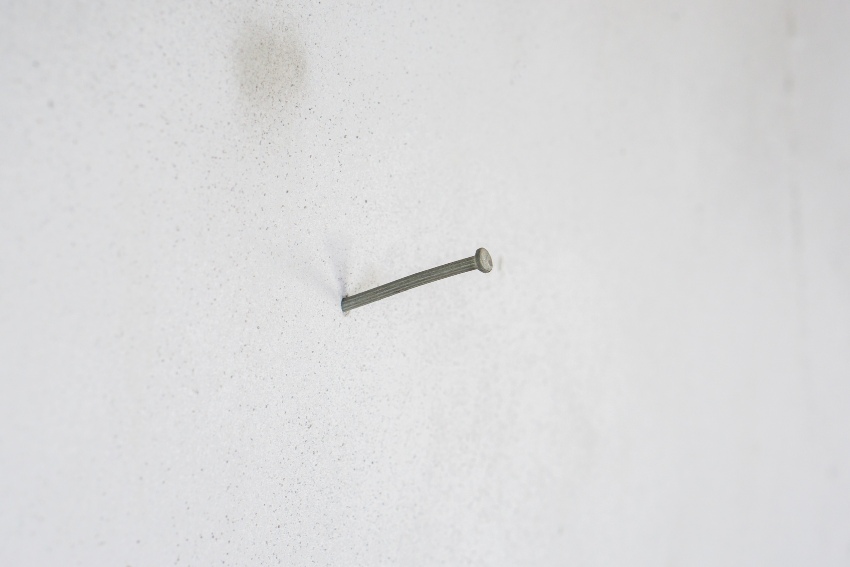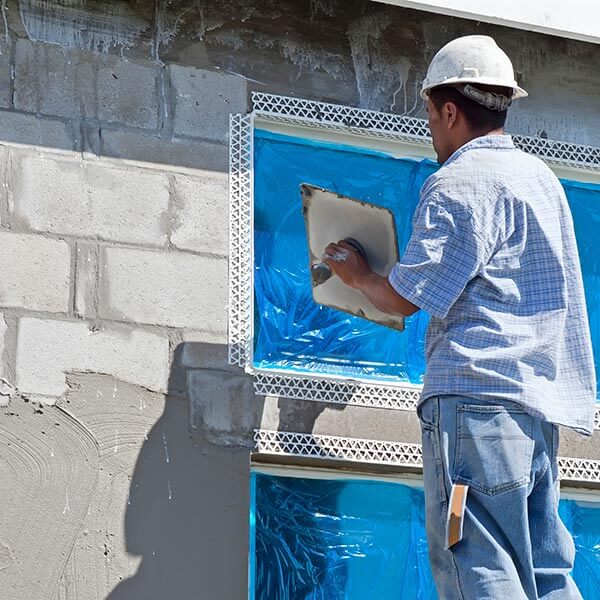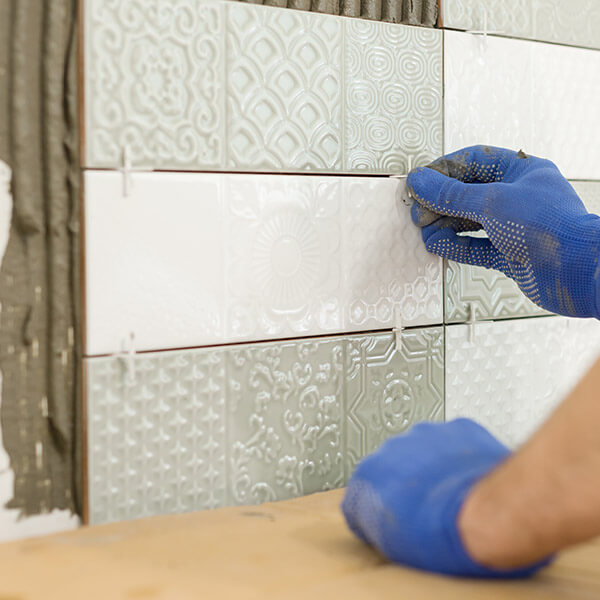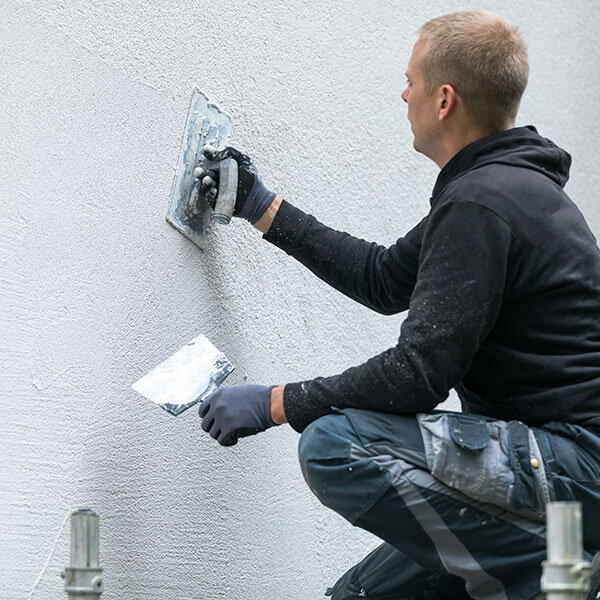A Guide to Using Stucco Nails
Stucco is one of the most durable and attractive wall finishes. When it comes time to fasten stucco lath or attach accessories, not just any nail will do. Whether you’re a contractor or a DIY enthusiast, knowing which nails to use and how to install them is crucial for maintaining a solid finish, preventing cracks, and ensuring a long-lasting hold.
What Are Stucco Nails?
Stucco nails are specialty nails designed to work with stucco surfaces and structures. They aren’t the same as common nails found in most toolboxes. Standard nails may bend or corrode, whereas stucco nails can penetrate hard surfaces and hold up under outdoor conditions. The design, durability, and coatings of stucco nails set them apart from ordinary fasteners.

Common Types of Stucco Nails
Different projects call for different nails. Here are the main types of nails for stucco walls and what makes each one important:
- Stucco lath nails secure the wire lath to the wooden studs or sheathing underneath. They’re longer and thicker than other nails to support the stucco’s weight and are also coated for rust resistance.
- Masonry nails, made of hardened steel, are capable of driving into cured stucco.
- Roofing nails with washers come with a flat washer under the head, which distributes pressure evenly and prevents the nail from pulling through lightweight materials.
- Galvanized or epoxy-coated nails resist corrosion in outdoor environments. They maintain their strength and appearance even when exposed to rain, snow, or humidity.
- Ring-shank nails feature ridges along the shaft for added grip. They’re used when vibration or movement could loosen smooth nails.
When and Where to Use Stucco Nails
Stucco nails serve important purposes across several stages of construction and maintenance. Common uses include:
- Building stucco walls: Lath nails fasten the wire mesh base to wood framing before applying the scratch and brown coats. Without a reliable set of lath nails, the stucco won’t bond properly to the wall.
- Mounting lightweight fixtures: Masonry nails can be used to secure small items such as house numbers, mailboxes, or exterior light brackets. For heavier items, wall anchors or screws are more appropriate.
- Attaching architectural trim: Roofing nails with washers anchor details, such as moldings or window trims. Secure fastening is necessary for a lasting hold.
- Repairs and patching: Fresh stucco lath nails maintain stability when replacing damaged lath or reinforcing an existing surface.
Installation Tips for Stucco Nails
Correct installation is just as important as choosing the right nail. Here are some practical tips for effective stucco nail installation:
- Pre-drill: Drilling a pilot hole reduces the risk of splitting the stucco or bending your nails.
- Choose the right hammer: A heavy-duty hammer provides better striking force to help the nail penetrate without slipping.
- Follow spacing guidelines: Consistent spacing ensures even support. For wire lath, place nails about every 6 inches along the edges and 12 inches in the center field.
- Select corrosion-resistant nails: Outdoor conditions require nails that can withstand moisture. Galvanized or coated nails protect against rust and maintain their holding power.
- Drive nails straight: Angled nails can shift the lath or create cracks in the stucco finish, so always aim to drive them straight.
- Avoid overdriving: Driving nails too deeply may cause them to break through the lath or create weak spots in the base. Stop when the head is flush with the surface.
Common Mistakes to Avoid
Even experienced builders can slip up when installing stucco nails. Watch out for these common errors:
- Using the wrong type of nail: Regular nails lack the strength and corrosion resistance needed for stucco applications.
- Nailing too close to the edge: Edges are prone to cracking, and nails driven too close may compromise the structure.
- Nailing too far apart: Distantly spaced nails allow the lath to sag, which may result in an uneven stucco application.
- Choosing short nails: Inadequate length means the nails won’t reach the studs or sheathing, creating a weak base.
- Skipping corrosion protection: Nails without protective coatings are more likely to rust, which can lead to unsightly stains and eventual failure.
Where to Buy Stucco Nails
You can find nails for stucco walls at a hardware store, but for the best results, it pays to shop with a specialty supplier. Stucco-focused suppliers stock the right products for every stage of construction and can provide expert advice on selecting the right nails, tools, and complementary products. They also ensure the nails you buy meet industry standards for strength and durability to help keep your project on track.
Shop for Quality Stucco Supplies in the Bay Area
Stucco Supply Co. has served professionals and homeowners in the Bay Area since 1955. As the oldest and largest stucco manufacturer in the region, we’re the best source for all things stucco. Our facility offers delivery, tool repair, custom color-matching, and technical support. Contact us today with any questions or stop by our stores in San Jose and Livermore to shop for Superior Stucco products and nails in person.




